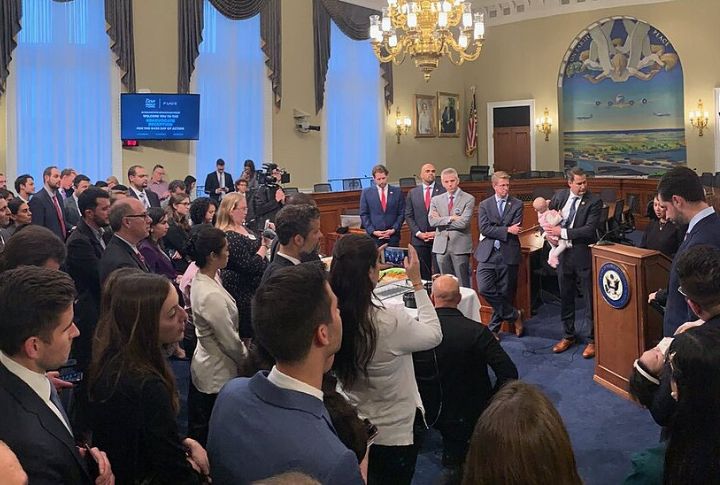
Neighbors separated by a border, Canada, and the United States share more than just geography. Yet beneath familiar customs lie unexpected cultural contrasts that shape daily life and social norms. Discover how these 10 subtle differences reveal unique national identities beyond stereotypes.
Views On National Identity And Patriotism

American patriotism is often vocal, with flag displays and anthem rituals embedded in daily life. Canadians, though proud, express nationalism in more subdued ways—favoring collective identity over exceptionalism. These differences shape perspectives on historical events, international relations, and domestic political narratives.
Gun Culture And Public Safety Norms

The United States maintains a strong cultural attachment to gun ownership, reflected in its constitutional rights and widespread firearm availability. Canada enforces stricter gun control laws, leading to lower rates of gun-related violence. This difference shapes public safety perceptions and community trust in each country.
Healthcare Expectations And Access

Healthcare in Canada is publicly funded, allowing residents access without paying directly for most services. Americans typically face higher costs through private providers and insurance plans. This difference has shaped public perception—Canadians see care as a right; many Americans view it as a personal financial responsibility.
Political Expression And Civic Tone

Political conversations in Canada tend to be more reserved, significantly favoring pragmatism over spectacle. In contrast, the U.S. thrives on impassioned debates, with political allegiances deeply ingrained in identity. The campaign seasons also reflect this gap: Canada’s elections are brief, while American campaigns can stretch over a couple of years.
Approach To Immigration And Multiculturalism

Canada’s official stance on multiculturalism encourages diverse cultural retention that creates a mosaic-like society. The U.S. leans toward assimilation and expects immigrants to integrate into the broader American identity. Such contrasting philosophies influence how governments respond to immigration and how societies define national identity.
Education Affordability And Student Experience

Post-secondary education in Canada is significantly more affordable, with lower tuition fees and government subsidies. American universities, while acclaimed, come with high costs and student debt burdens. This difference influences enrollment trends, career choices, and financial planning for young adults in both countries.
Sports Priorities And Fan Culture

Hockey dominates in Canada, cementing its place as a national pastime. The U.S., however, has a diversified sports culture, with football dominating in popularity. These preferences shape everything from school athletics to national pride, ultimately influencing how sports intersect with identity and community spirit.
Work-Life Balance And Paid Vacation

Canadian labor laws generally mandate more paid vacation time and emphasize work-life balance, which reflects societal values that prioritize personal well-being. In contrast, the U.S. offers fewer statutory vacation days, with a stronger focus on productivity and career advancement, ultimately affecting employee satisfaction and lifestyle.
Parental Leave And Family Support Policies

Canada provides more generous parental leave options and government support for families; aimed at promoting early childhood development and gender equality. The United States offers limited federally mandated leave, which impacts family dynamics and workplace participation, especially for new parents.
Language Policies And Bilingualism

While the U.S. has widespread Spanish influence, English remains the default language without federal bilingual mandates. In contrast, Canada enforces official bilingualism, requiring government services to accommodate English and French speakers. These policies impact education, business operations, and even cultural integration strategies in both nations.

